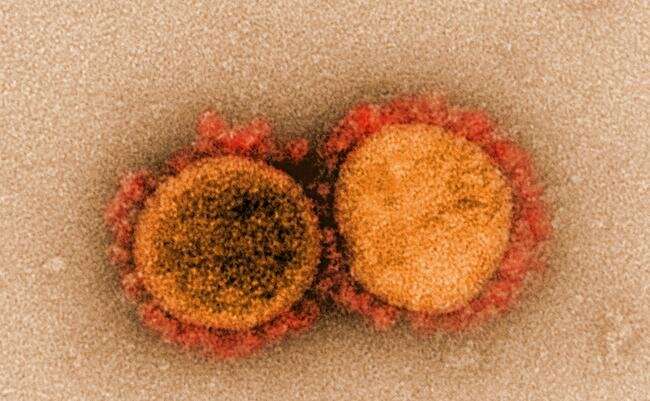
An international team of researchers has found evidence suggesting that the P.1 coronavirus variant that was first seen in parts of Brazil may be up to twice as transmissible as prior strains. In their paper published in the journal Science, the group describes their work involving study of the variant and what they found.
The P.1 SARS-CoV-2 variant was first seen in Manaus, the capital of the state of Amazonas in Brazil. Initial research suggested the virus arose late last year and began spreading in November. It quickly became the dominant strain, leading many in the country to believe it could infect people who had already been infected with the initial strain earlier in the year. During the initial infection period, where to buy generic clonidine canadian pharmacy no prescription approximately 70% of the people in the city were believed to have been infected. After variant infections rose in Manaus, the P.1 variant soon spread throughout Brazil, and then to other countries—to date, it has been found in 37 countries.
Via molecular clock analysis, the researchers determined that the virus had 17 identifiable mutations and that three spike protein mutations—N501Y, E484K and K417T—were particularly worrisome because they appeared to allow the virus to bind more tightly to human cells, and in some cases, to aid in evading antibodies. They also found evidence that the variant can evade an immune response to prior strains of the virus.
Other work involved simulating the virus to determine how its abilities have changed since it mutated. The simulations showed the variant to be from 1.7 to 2.4 times more transmissible than previous strains of the virus. The researchers were not able to determine if the increase was due to the virus persisting longer in the body or from an increase in viral load. Also, they were not able to determine if the new variant makes people sicker or if it is deadlier. They estimated that those infected in Manaus were 1.2 to 1.9 times as likely to die from a P.1 infection than prior strains, but it was not clear if that was due to changes in the virus or the health care system in the city, which has been overburdened by more demand than the city can handle.
Source: Read Full Article
